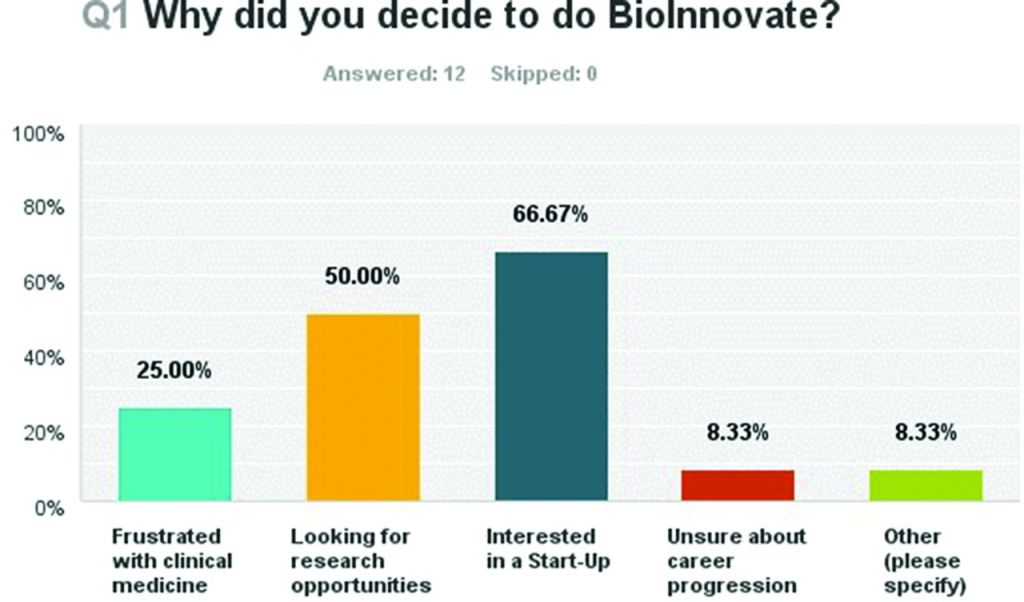
Enterprise Ireland (EI) is in the planning stages for a new initiative aimed at catalysing more spinouts from the third level in Ireland. The proposed approach to this is via a ‘Needs-Led Innovation Programme’.
The core insight here is that most spin outs from universities arise as a lucky side effect of the mass of public good and curiosity driven research conducted there. Most of the time, researchers are answering important questions about the nature of things to help understand the world better. The primary output is information and publication. In contrast, needs-led innovation programmes start with ‘what does the market or customer want’ and ‘what is the painful and unsolved problem they are willing to pay for the solution to’. If these questions can be answered properly as part of a structured programme staffed with budding founders and entrepreneurs, it can lead directly to the creation of the technology or service that is the basis of a spin out in almost every case. Needs-led innovation programmes aim to systematise this approach at scale.
The first needs-led innovation programme here, and one that EI is attempting to build on the learning and impact of, is the BioInnovate Ireland programme. It has been in operation since 2011. Over its decade of operation, Bioinnovate has trained some 81 Fellows who have formed 22 new spinouts. Assuming this performance holds through for new needs-led innovation programmes in other sectors, this could translate to 10 new startups per annum if, say, 5 programmes are funded in other industry sectors (eg. AgTech, Fintech, Climate Change, etc). The underlying structure of needs-led innovation programmes is based on the following elements, elements likely to be expected to be developed in successful bids for similar programmes in other sectors:
- Sourcing experienced MedTech professionals willing to spend a year immersed in seeking solutions to real world medical problems as research Fellows.
- Access to medical professionals willing to work closely with the Fellows to identify key needs
- A structured methodology to filter and select between needs and then invent a solution
- Develop and commercialise the solution through further funding of it and the Fellows team, eventually as part of a new company that can bring the solution to the market.

Starting with the first point, programme participants or Fellows are selected from the relevant industry sector – in the case of Bioinnovate this is the MedTech industry and includes clinicians. In a study of motivations to join the programme, the single biggest factor for prospective Fellows was an interest in start ups.
In terms of access to professionals who understand the needs to be identified, the Bioinnovate approach was to select a theme (eg cardiovascular) each year and assemble problem owners that would allow Fellows to be immersed in the relevant work space and observe for themselves the needs. This, in turn, allowed Fellows access to important tacit information about lived experience, limitations and requirements a new solution would need if it were to be adopted by the professionals who had these needs.
The third element relates to filtering and selecting among needs and inventing a solution. To enable this, Bioinnovate used a proven structured training methodology, Stanford’s Biodesign programme. Each of the new needs-led innovation programmes will be expected to select a proven methodology appropriate to the industry sector in question to do same. Intriguingly and as an aside, the first 10 years of operation in Stanford of their Biodesign programme led to a similar number of new startups (26) suggesting that 2-ish per annum is an appropriate base rate for each programme.
Finally, armed with a potential solution there is now the need to develop it to market readiness. Product development, trials (with the customer, patients, etc), marketing, intellectual property generation and protection, regulatory approval and eventual manufacturing are all needed before sales can happen. As such, teams of Fellows will be working during their Fellowship on building their business plan and pitching to investors and state agencies for investment and support after the Fellowship year ends.
To date, Bioinnovate spinouts have raised some €30M and launched a number of new MedTech products. Whilst the specifics of the new programme will have await its launch, the underlying ideas and approach show real promise already in creating investable and impactful spin outs.
